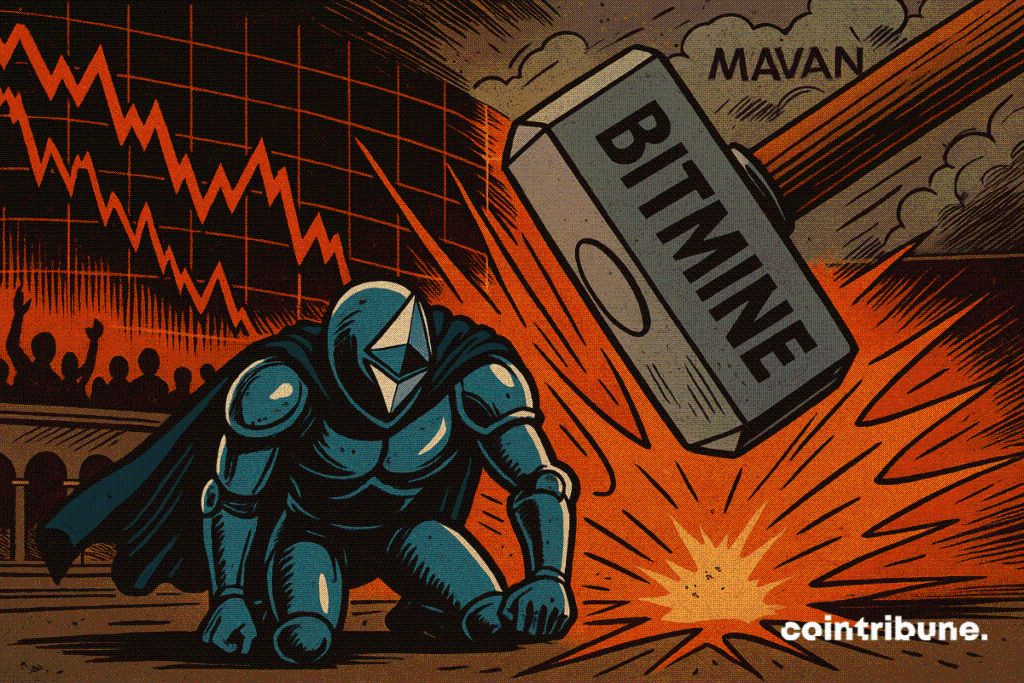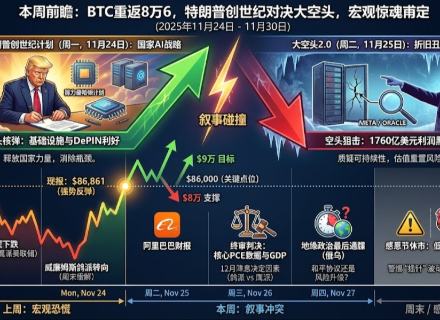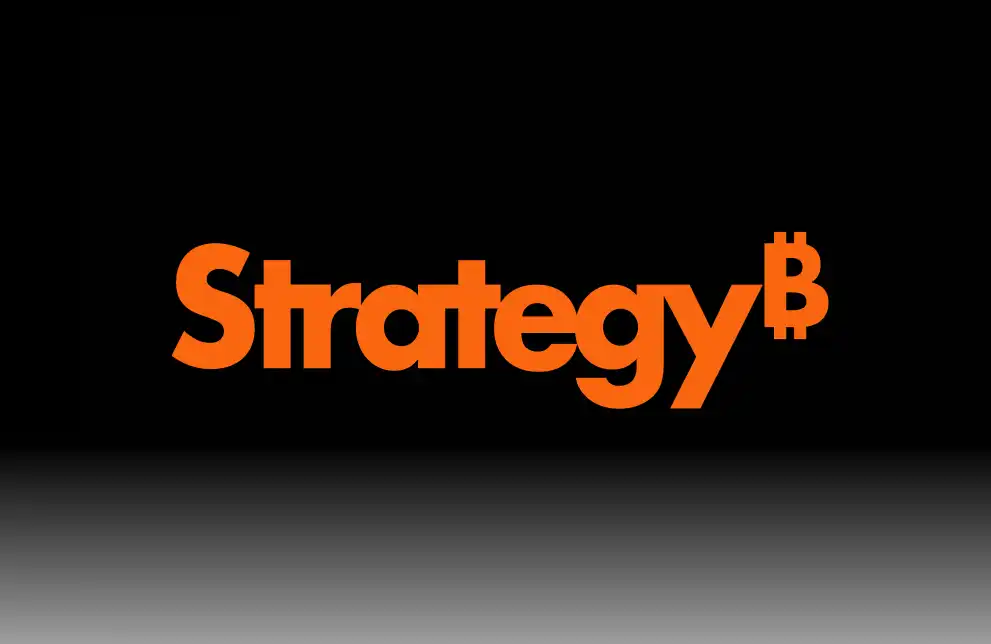Staking Ethereum: BitMine's Ultimate Plan to Survive the Market
Ethereum is on its knees. Below 2,700 dollars, the reference blockchain is bleeding, and with it, an entire ecosystem. For crypto investors, the hemorrhage feels like a silent crash. BitMine, one of the largest ETH holders, is absorbing heavy losses. But instead of folding, the giant draws its latest plan: MAVAN. No more complaints. Time for action, the real kind.

Ethereum in distress: BitMine launches MAVAN to restart the engine
The year 2025 shattered many certainties in the crypto market. Ethereum, which flirted with the peaks last summer, falls to 2,711 dollars. BitMine, which bought at a high price , now faces more than 3.7 billion dollars in latent losses. For the average crypto investor, it is a cold shower. For BitMine, a strategic turning point.
Staking becomes its wildcard. In 2026, the firm will activate MAVAN : a homegrown staking platform, tested with three technical partners. Objective: to turn dormant assets into income streams. Tom Lee, president of BitMine, drives the point home:
Although many “turnkey” offerings exist, we believe in creating the best possible destination for our natively staked Ether, and we are proud to build this with the best partners. At scale, we believe our strategy will best serve the long-term interests of our shareholders.
MAVAN is not just a technical response. It is a declaration of independence from BlackRock and other ETFs nibbling away at the decentralized soul of Web3. And while Ethereum heals its wounds, BitMine charts a new path.
Crypto in a storm: dividend, staking, and sovereignty
Far from settling for a defensive strategy, BitMine goes on the offensive. It becomes the first listed crypto company to pay a dividend, modest but symbolic: 0.01 dollar per share. A surprising decision in a shaky market. But with a net profit of 328 million dollars and an EPS of 13.39 $, the company shows it still knows how to hold the helm.
At the same time, MAVAN enters a pilot phase. Three providers evaluated based on strict criteria: security, yield, performance. The goal? To control 5% of the global Ethereum supply. No less. And all this, on a “made in America”, sovereign, robust infrastructure.
Meanwhile, other cryptos wobble. Bitcoin struggles with decreasing liquidity, altcoins get downgraded. BitMine, on the other hand, bets that resilience is more profitable than fleeing.
Key points to remember
- Ethereum Price at $2,711: sharp drop compared to summer;
- $3.7 billion: latent losses at BitMine;
- $0.01: amount of dividend paid;
- $13.39: net profit per share;
- Q1 2026: launch of the MAVAN network.
Slumps often force crypto believers to reflect. Michael Saylor drew a simple lesson: when prices plunge, you must defend your vision. Even against headwinds. For him, as for BitMine, minimizing volatility does not mean fleeing. It means building to last.
Disclaimer: The content of this article solely reflects the author's opinion and does not represent the platform in any capacity. This article is not intended to serve as a reference for making investment decisions.
You may also like
This Week's Preview: BTC Returns to 86,000, Trump’s Epic Showdown with Major Shorts, Macro Turmoil Just Settled
After last week's global market panic and subsequent recovery, bitcoin rebounded to $86,861. This week, the market will focus on new AI policies, the standoff between bears and bulls, PCE data, and geopolitical events, with intensified competition. Summary generated by Mars AI. The accuracy and completeness of this summary, produced by the Mars AI model, are still being iteratively improved.

At risk of being removed from the index? Strategy faces a "quadruple squeeze" crisis
Strategy is facing multiple pressures, including a significant narrowing of mNAV premiums, reduced coin hoarding, executive stock sell-offs, and the risk of being removed from indexes. Market confidence is being severely tested.

VIPBitget VIP Weekly Research Insights

How to plan a perfect TGE launch?
Most TGE failures are not due to poor products or inexperienced teams, but because their foundations were never prepared to face public scrutiny, competition, and shifts in narrative.

